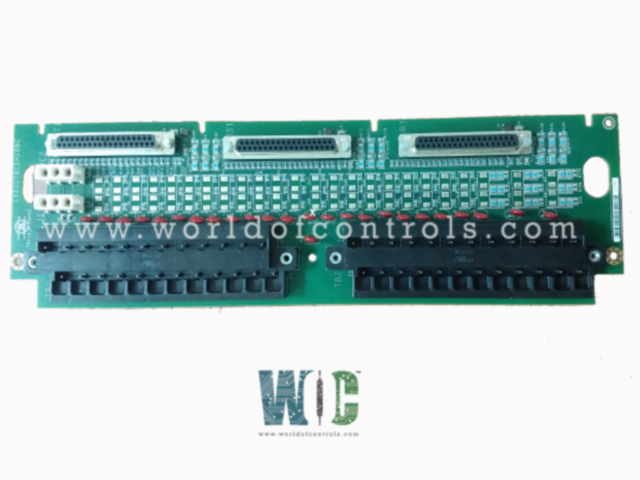
World Of Controls understands the criticality of your requirement and works towards reducing the lead time as much as possible.
IS200TBCAH2A - Terminal Board is available in stock which ships the same day.
IS200TBCAH2A - Terminal Board comes in UNUSED as well as REBUILT condition.
To avail our best deals for IS200TBCAH2A - Terminal Board, contact us and we will get back to you within 24 hours.
Part No.: IS200TBCAH2A
Manufacturer: General Electric
Product Type: Terminal Board
Technology: Surface-mount
Temperature rating: 0 to 60 oC
Availability: In Stock
Country of Manufacture: United States (USA)
Series: Mark VI
IS200TBCAH2A is a Terminal Board developed by GE. It is a part of Mark VI control system. It serves as a critical interface for customer wiring connections, enabling seamless integration between the control system and external devices. It distributes signals through three DC-37 pin connectors (or six in some versions) to the R, S, and T I/O boards, ensuring efficient signal management. The board contains limited active circuitry, primarily for filters and protective devices, enhancing reliability. Power for outputs is typically supplied by the I/O board, though relay and solenoid outputs have dedicated power plugs. With integrated protection mechanisms against electrical noise and surges, ensures stable and secure system operation in industrial automation, power generation, and turbine control applications.
World of Controls has the most comprehensive collection of GE Mark VI components. Please contact WOC as soon as possible if you require any extra information.
What is IS200TBCAH2A?
It is a Terminal Board developed by GE.
What is the primary function of this terminal board?
It serves as an interface between the control system and external wiring, fanning out signals to multiple I/O boards while ensuring signal integrity and reliability.
Does the terminal board contain active circuitry?
To minimize single points of failure, it includes only a minimal amount of active circuitry, primarily for filters and protective devices.